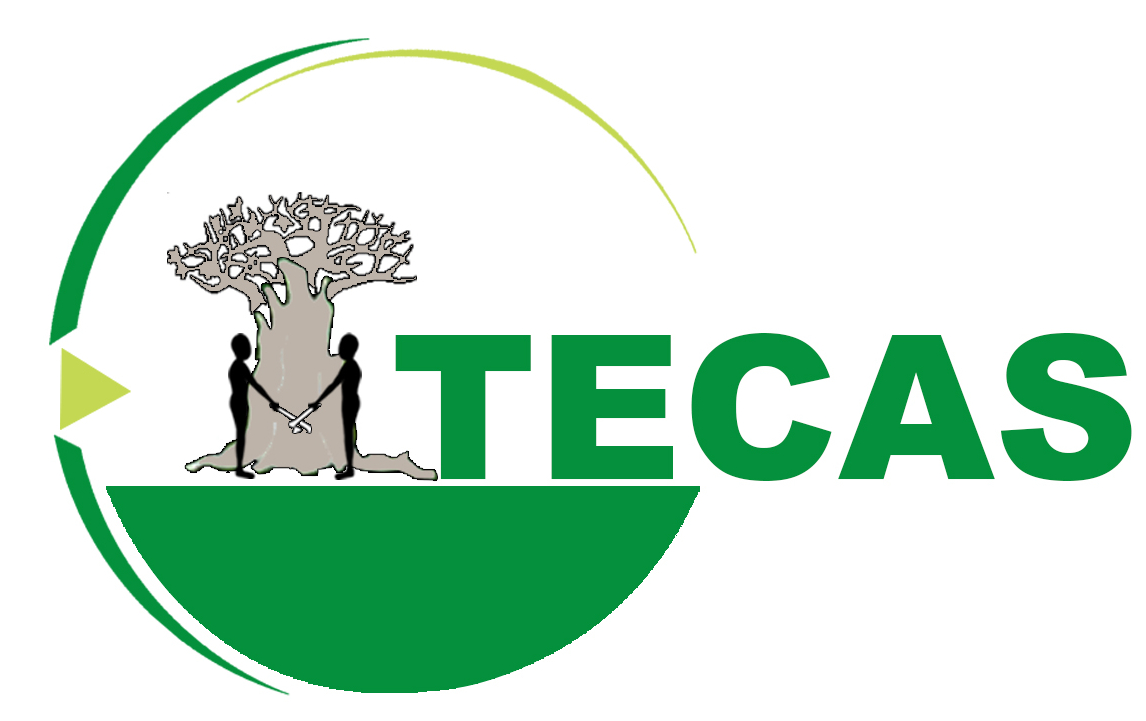
Dry season Vegetable production with Cover Crop Integration
October 11, 2022The CA approach for sorghum starts with ripping as land and seed bed preparation. Ripping conserves soil moisture by minimal soil disturbance and exposure. During planting, the rip lines serve as marker, which is very time efficient for a manual or a mechanized seed placement with push or jab planter.
The same day of planting the cereal in the rip lines, Canavalia ensiformis is planted between the sorghum rows. This cover crop integration comes with various agronomical benefits: increased soil water retention and minimized effort in weed control, due to the prevention of weed germination.

Picture 1: Sorghum – Canavalia – intercropping, October 2021 in Wa Municipal (Kpongu).
Over the dry season, starting in November, the very drought resistant Canavalia ensiformis stands still green and alive, and its stocks serve as barrier for passing leaves and organic material incl. sorghum stocks, which normally would have been blown away by the strong harmattan winds. A farmer in the MOAP-NW produced documentary on the three key principles of CA witnessed, that moisture content of the green Canavalia can even prevent bush fire from passing through a farm (find video below).


Picture 2 and 3: Green Canavalia towards the end of the dry season in March 2022 in Wa Municipal (Kpongu).
From March on, first drizzles induce regrowth of Canavalia ensiformis. Around June, before planting the following main crop, the cover crop will be terminated and residues stay on the field and contributing to the soil cover, whereas nutrients will gradually be released through decomposition.
Other advantages of cover crop integration are erosion control (water and wind) or an enhanced plant health through crop diversification. As a result of regular ploughing, compacted hard pans can be broken by deep rooted cover crops, what increases the water storage capacity of the soil.
The N-fixing aspect of leguminous cover crops pays off in subsequent years, as Nitrogen from Canavalia growth is not released to the main crop in the very first cycle. Nutrition wise, sorghum should be treated the usual way, when cover crops are used for the first time. Only a continuous growth of cover crops and, in the best case, application of natural instead of synthetic fertilizers, will increase the nutrient household of the production medium soil. A faster nutrients release through the cover crop is reached in the CA approach for irrigated dry season vegetables (see story).
A legit point of criticism towards CA is often the high consumption of herbicide, especially glyphosate, used for land preparation. The given case of integrating a cereal with Canavalia ensiformis shows, that a well-managed accumulation of soil cover during the rainy and dry season does not dependent on chemical weed control.
Kristin Bothe, GIZ-AgriBiz MOAP NW, 26.05.2022
“The Three Principles of Conservation Agriculture Explained at the Example of Maize Farming in Northern Ghana“. A production of the GIZ-MOAP (Market Oriented Agriculture Programme) co-financed by the European Union and the German Cooperation.


